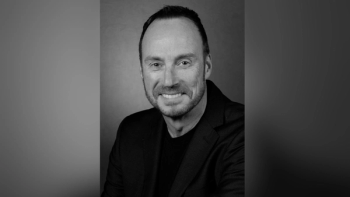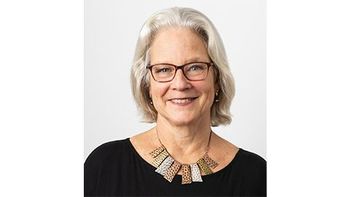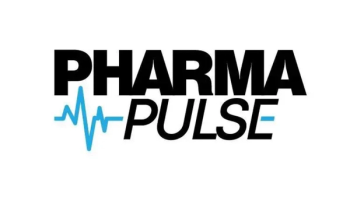Key Takeaways
- Low Awareness of Financial Assistance Programs. Despite the availability of programs to help with out-of-pocket healthcare costs, nearly half of US adults are unfamiliar with them—especially those with lower incomes who could benefit the most.
- Information Gaps Limit Access to Help. A significant portion of people who needed financial assistance didn’t receive it, likely due to a lack of awareness rather than program unavailability or ineligibility.
- Patients Want More Support and Resources. Most adults and patients with chronic conditions want tools like case managers, question guides, and apps to better understand and access financial assistance programs.
Today, individuals who are both uninsured and underinsured can turn to a variety of programs that offer financial assistance to cover out-of-pocket (OOP) costs for prescription medications. These programs include pharmaceutical patient assistance programs, independent charitable foundations, federal programs such as Extra Help, and more.
However, according to a recent national poll1 conducted by the PAN Foundation’s Center for Patient Research, only one in five US adults (21%) and patients with a chronic condition (24%) report being extremely or very familiar with financial assistance programs. Disappointingly, about one-half of adults polled (49%) reported not being familiar with these programs.
Familiarity with financial assistance programs is critically important, especially when so many people living with life-threatening, chronic, and rare diseases need such assistance. In fact, roughly 30% of US adults and 37% of patients with a chronic condition, according to that national poll, reported needing financial assistance in the past year to help cover OOP healthcare expenses.
Unfortunately, 37% of US adults and 41% of adults with a chronic condition who needed help did not end up receiving financial assistance. Did they not get assistance because it was not available, or did they not qualify? Or did they not get assistance because they were not aware it was even available? Perhaps the answer lies somewhere in between.
Awareness about programs is needed
Among US adults, 40% reported never hearing about pharmaceutical patient assistance programs or independent charitable assistance foundations. Another 43% reported never hearing about the federal Extra Help Program, also known as the Low-Income Subsidy Program. This program provides assistance to individuals up to 150% of the federal poverty level. Meanwhile, 55% have never heard of the AIDS Drug Assistance Program.
What is most concerning is that individuals with household incomes of less than $50,000—the individuals likely to benefit the most from financial assistance programs—report lower familiarity with financial assistance programs than those with household incomes greater than $100,000. It’s clear more awareness is needed.
Few turning to HCPs for information
Not surprisingly, when looking for financial assistance with their OOP healthcare costs, the first place people turn is the internet (32% for US adults; 31% for patients with a chronic condition). Only about one in four adults turn to their healthcare provider (HCP)—a doctor, nurse, etc.—for information about where to go for help with costs.
And only one in 10 adults turns to their pharmacists, typically trusted sources of health information, for details about financial assistance programs.
Patients want resources to help
Most adults (84%) and patients with a chronic condition (87%) report that a range of resources would help them better understand and navigate financial assistance programs. In the national poll, the most requested resources included:
- A list of questions to ask HCPs about financial assistance (29% of US adults; 33% of patients with a chronic condition).
- A case manager who could help with assistance (29% of US adults; 33% of patients with a chronic condition).
- Online courses to explain assistance programs (22% of US adults; 24% of patients with a chronic condition).
- An app to help determine what financial assistance programs one may be eligible for (27% of US adults; 29% of patients with a chronic condition).
Resources that are developed with clear, plain language can go a long way in empowering people to better navigate their healthcare journeys and find the resources they need.
About the Author
Amy Niles is chief mission officer at PAN Foundation.
Reference
1. 2025 Financial Assistance Programs Research. PAN Foundation. March 2025. https://www.panfoundation.org/wp-content/uploads/2025/04/PAN-Foundation-Polling-Results-March-2025-Financial-Assistance-Programs.pdf






